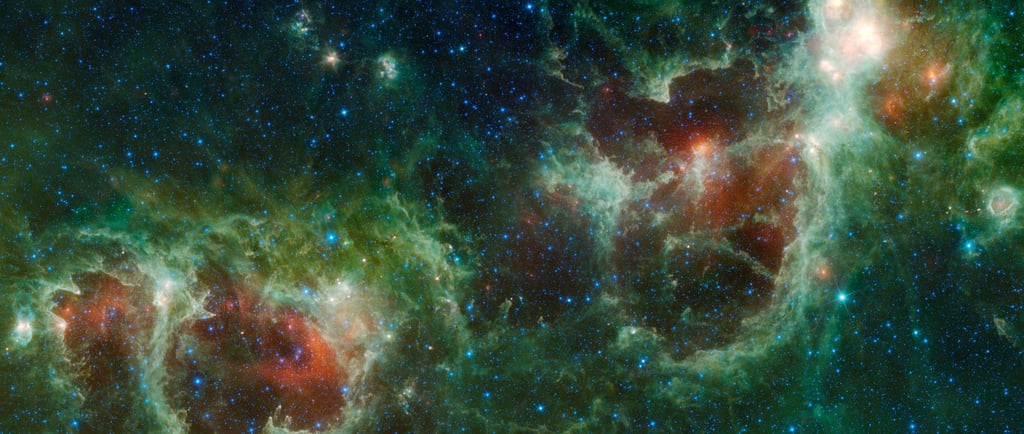The Heart and Soul Nebulae: A Cosmic Wonder in Cassiopeia


Introduction to the Heart and Soul Nebulae
The heart and soul nebulae are mesmerizing celestial phenomena located in the constellation Cassiopeia, approximately 6,000 light-years away from Earth. These nebulae are significant components of a vast star complex that forms part of the Perseus spiral arm of the Milky Way galaxy. The heart nebula, designated as IC 1805, earned its name due to its striking resemblance to a human heart. In contrast, the soul nebula, also known as the embryo nebula or IC 1848 (W5), is located adjacent to the heart nebula, further enriching this extraordinary cosmic landscape.
The Heart Nebula: A Stellar Cartography
The heart nebula is a remarkable sight characterized by its vibrant colors and intricate structure. The nebula's visual similarity to a human heart has captivated both astronomers and stargazers alike. This stellar formation is composed of vast amounts of gas and dust, providing fertile grounds for star formation. Within its captivating contours, new stars are born, illuminating the nebula and bringing its features to life. Its location within the Perseus arm positions it further from the center of the Milky Way galaxy than our own solar system, creating a unique perspective on the larger structure of our galaxy.
The Soul Nebula: A Stellar Neighbor
Adjacent to the heart nebula is the soul nebula, a celestial body equally rich in complexity and beauty. IC 1848, as it is scientifically designated, also serves as a stellar nursery where stars awaken from the embrace of the surrounding gas and dust. Similar to its counterpart, the soul nebula exhibits stunning colors, often appearing as a soft pastel palette of blues and pinks through advanced telescopic imaging. The relationship between the heart and soul nebulae is not merely spatial, but also compositional, sharing many of the same physical properties and contributing to our understanding of star formation in the universe.
Cosmic Significance and Exploration
The heart and soul nebulae serve as important regions of study for astronomers and astrophysicists, offering insights into the processes of star formation and the evolution of galaxies. Their proximity to each other allows for comparative studies that enhance our understanding of the dynamics within nebulae. As new observational technologies are developed, such as next-generation telescopes and space missions, we anticipate discovering even more about these celestial wonders. The heart and soul nebulae are reminders of the universe’s complexity, beauty, and the ongoing quest to unravel the mysteries of the cosmos.
